10 Best Herbal Juices For Leg Cramps
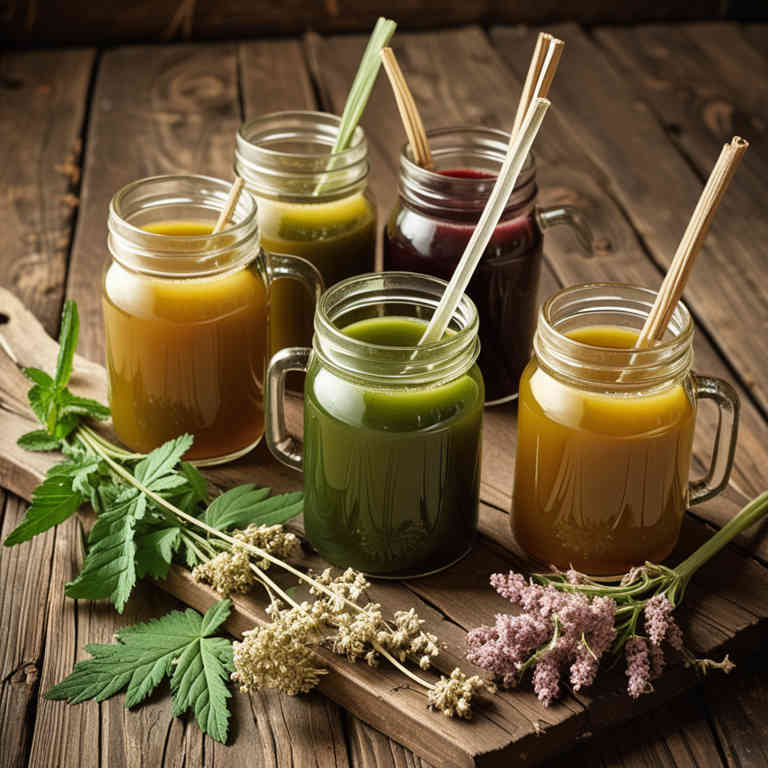
Herbal juices can be a natural and effective way to alleviate leg cramps by providing essential nutrients and minerals that support muscle function.
Ingredients like ginger, garlic, and turmeric are commonly used in herbal juices due to their anti-inflammatory and circulatory benefits. These juices may help improve blood flow, reduce muscle tension, and prevent cramps by addressing underlying deficiencies such as magnesium or potassium. However, it's important to consult with a healthcare provider before incorporating herbal juices into your routine, especially if you have existing health conditions or are on medication.
While herbal juices offer potential relief, they should be part of a broader approach that includes proper hydration, stretching, and a balanced diet.
FREE Herb Drying Checklist
How to make sure every batch retains maximum flavor, color, and aroma without the risk of mold or over-drying. Eliminate guesswork and trial-and-error, making herb drying faster, easier, and more efficient every time.
Table of Contents
1. Curcuma longa

Curcuma longa, commonly known as turmeric, contains curcumin, a powerful antioxidant and anti-inflammatory compound that has been studied for its potential benefits in muscle health.
Herbal juices made from turmeric can help alleviate leg cramps by reducing inflammation and improving circulation in the muscles. These juices are often combined with other herbs like ginger or black pepper to enhance absorption and effectiveness. Regular consumption of turmeric-based herbal juices may support muscle relaxation and prevent cramping, especially in individuals who experience frequent leg cramps due to aging or physical activity.
However, it is important to consult with a healthcare provider before incorporating turmeric juices into a health regimen, especially for those with existing medical conditions or on medication.
2. Zingiber officinale

Zingiber officinale, commonly known as ginger, has been widely recognized for its medicinal properties, including its potential to alleviate leg cramps.
The active compounds in ginger, such as gingerol and shogaol, possess anti-inflammatory and muscle-relaxing effects that may help reduce the frequency and intensity of cramps. Consuming ginger herbal juices, made from fresh or dried ginger root, can provide a natural and effective way to support muscle health and ease discomfort. These juices are often recommended as a complementary therapy for individuals experiencing occasional or chronic leg cramps, especially when combined with proper hydration and stretching.
However, it is advisable to consult a healthcare professional before incorporating ginger juice into a treatment regimen, particularly for those with existing medical conditions or on medication.
3. Urtica dioica

Urtica dioica, commonly known as stinging nettle, has been traditionally used for its medicinal properties, including its potential to alleviate leg cramps.
When prepared as a herbal juice, stinging nettle is believed to provide nutrients and compounds that may support muscle function and reduce cramping. The juice is often made by juicing fresh leaves, which contain high levels of minerals like potassium, magnesium, and calcium—essential for muscle health. Some individuals report that regular consumption of stinging nettle juice helps reduce the frequency and intensity of leg cramps, particularly during the night.
However, it is important to consult a healthcare professional before using it, as it may interact with certain medications or conditions.
4. Vitex agnus-castus

Vitex agnus-castus, commonly known as chasteberry, has been traditionally used to support hormonal balance and may offer relief for leg cramps by improving circulation and reducing muscle tension.
While scientific evidence specifically linking chasteberry to leg cramps is limited, some studies suggest it may help regulate muscle function by influencing neurotransmitter activity and reducing spasms. Herbal juices made from vitex agnus-castus are often consumed as part of a holistic approach to managing muscle discomfort and overall wellness. These juices are typically prepared by blending the dried fruit with water or other herbal ingredients to enhance flavor and potency.
As with any herbal remedy, it is advisable to consult a healthcare professional before incorporating vitex agnus-castus into a treatment plan for leg cramps.
5. Rosa canina

Rosa canina, also known as rosehip, is a traditional herbal remedy that has been used for centuries to support joint health and reduce inflammation.
Its high concentration of vitamin C, antioxidants, and essential fatty acids makes it particularly beneficial for alleviating muscle pain and cramps, including those in the legs. Rosa canina herbal juices are often consumed as a natural alternative to conventional treatments for leg cramps, offering a gentle and nourishing option. These juices can help improve circulation and reduce oxidative stress, which may contribute to muscle discomfort.
When incorporated into a balanced diet, rosa canina juice may provide long-term relief and support overall muscle function.
6. Nigella sativa
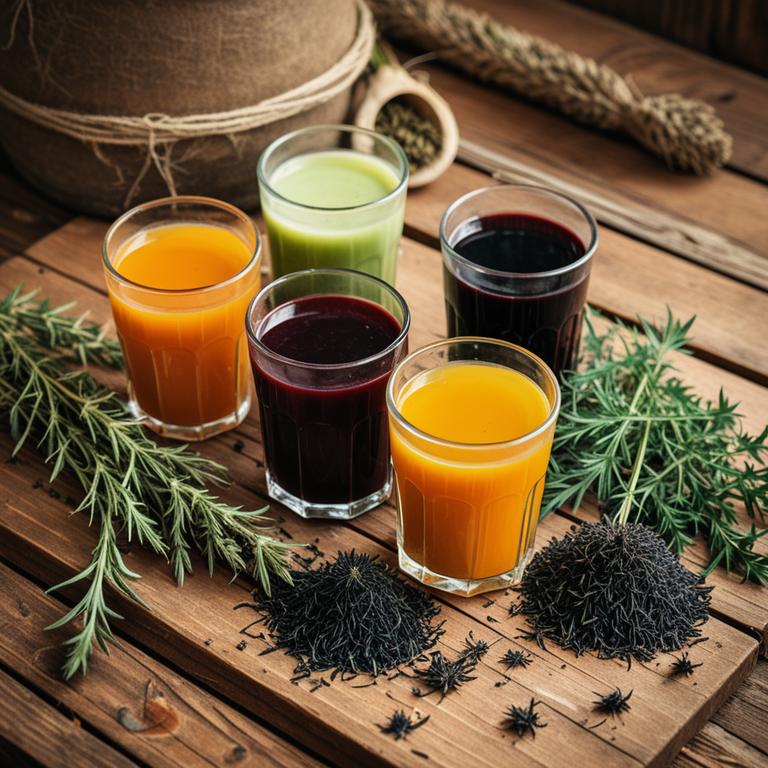
Nigella sativa, commonly known as black cumin, has been traditionally used for its numerous health benefits, including its potential to alleviate leg cramps.
The seeds of this plant contain essential oils and bioactive compounds such as thymoquinone, which may help reduce inflammation and muscle spasms. Some individuals have reported relief from leg cramps by consuming nigella sativa herbal juices, either alone or in combination with other herbal remedies. However, it is important to consult with a healthcare professional before using it, especially for those with existing medical conditions or taking medications.
While preliminary research suggests possible benefits, more scientific studies are needed to fully understand its efficacy and safety for treating leg cramps.
7. Mentha piperita
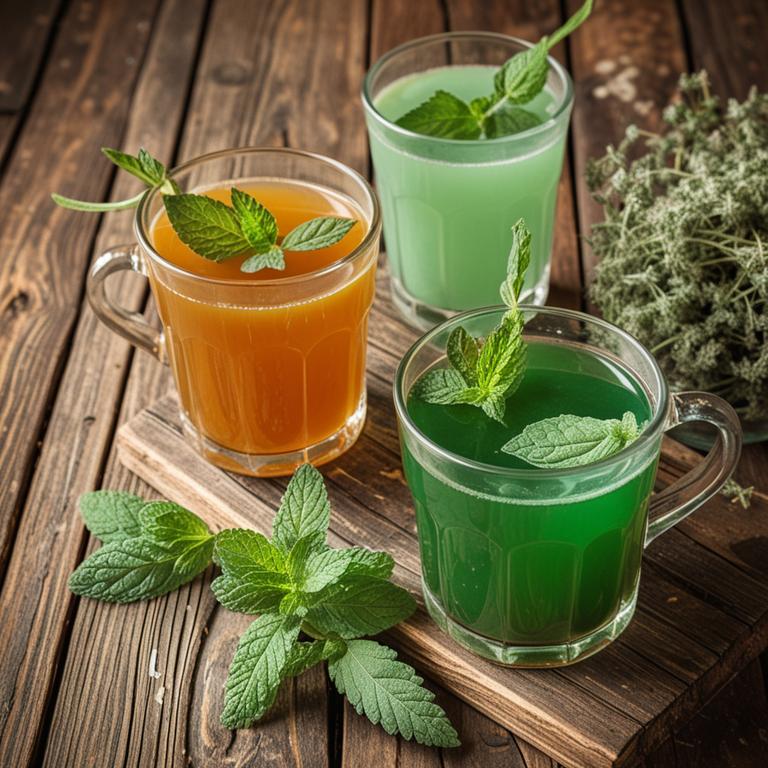
Mentha piperita, commonly known as peppermint, is often used in herbal juices to alleviate leg cramps due to its calming and muscle-relaxing properties.
The essential oils in peppermint contain compounds like menthol, which can help soothe muscle tension and reduce the intensity of cramps. When consumed as part of a herbal juice, peppermint can improve circulation and ease discomfort in the legs. Many people find that drinking peppermint juice regularly helps prevent cramps, especially after physical activity or during the night.
However, it is important to consult a healthcare professional before using peppermint juice, especially for those with certain medical conditions or taking medications.
8. Glycyrrhiza glabra
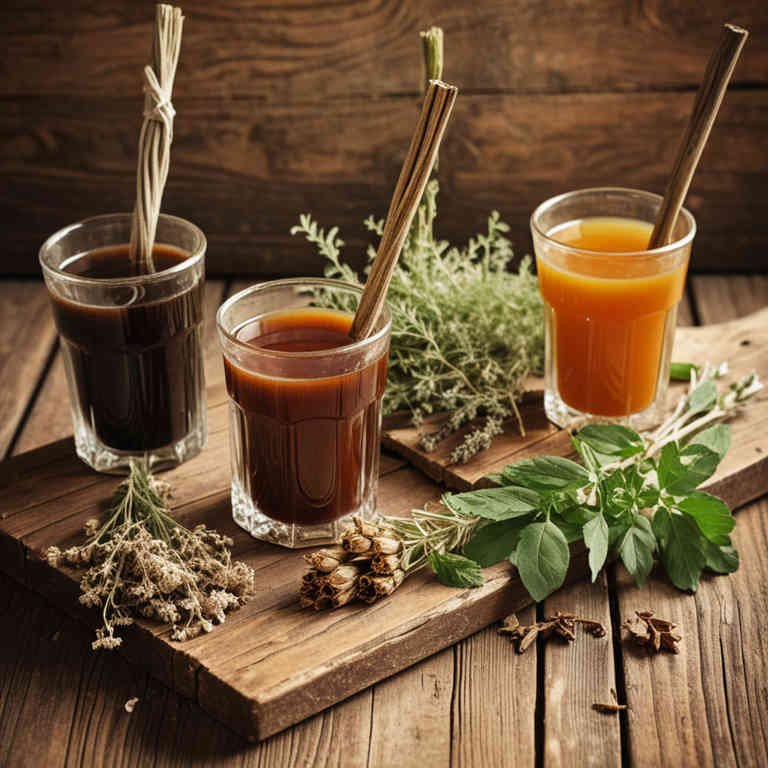
Glycyrrhiza glabra, commonly known as licorice root, has been traditionally used in herbal medicine for its potential to alleviate muscle cramps, including leg cramps.
The root contains compounds such as glycyrrhizin and flavonoids, which may help reduce inflammation and improve muscle function. When prepared as a herbal juice, licorice root can be consumed in small doses to support muscle relaxation and ease discomfort associated with cramps. However, it is important to note that excessive consumption of licorice juice may lead to side effects such as hypertension due to its mineralocorticoid-like effects.
As with any herbal remedy, it is advisable to consult a healthcare professional before using licorice juice for leg cramps, especially for individuals with pre-existing health conditions.
9. Cnicus benedictus

Cnicus benedictus, commonly known as bishop's weed, has been traditionally used in herbal medicine for its potential benefits in alleviating leg cramps.
The plant contains compounds such as flavonoids and essential oils, which may help relax muscle tissue and reduce spasms. Herbal juices made from Cnicus benedictus are believed to improve circulation and ease muscle tension, making them a popular remedy for nighttime leg cramps. While more scientific research is needed to confirm its efficacy, many users report relief after incorporating the juice into their regimen.
It is important to consult with a healthcare provider before using Cnicus benedictus to ensure safety and proper dosage.
10. Salvia officinalis
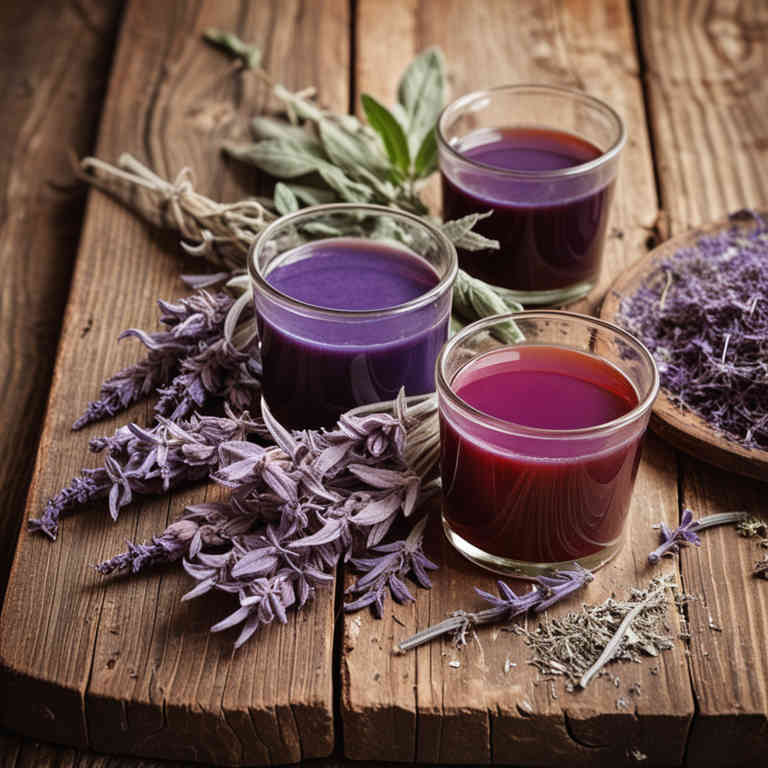
Salvia officinalis, commonly known as sage, has been traditionally used for its potential therapeutic properties, including its ability to alleviate leg cramps.
Herbal juices made from fresh or dried sage leaves are believed to provide muscle-relaxing effects due to the presence of compounds like rosmarinic acid and thujone. These juices may help reduce inflammation and improve circulation, which can ease the discomfort associated with muscle cramps. While scientific evidence supporting these benefits is limited, many individuals report relief after consuming sage-based herbal remedies.
As with any herbal treatment, it is advisable to consult a healthcare professional before incorporating sage juice into a regular health routine.